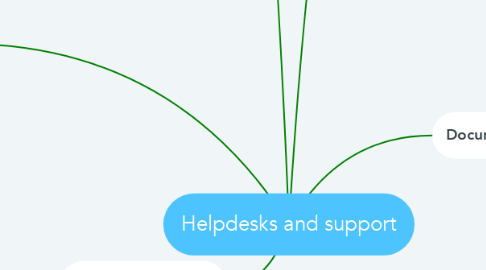
1. Customer Support
1.1. Defining Scope of Support
1.2. Defining Processes for Staff
1.3. Offering a Friendly Face
1.3.1. Web-based virtual helpdesk
1.3.2. Physical helpdesk
1.4. Reflecting Corporate Culture
1.5. Having enough staff
1.6. Specifying How to Get Help
1.7. Establishing an Escalation Process
1.8. Defining “Emergency” in Writing
1.9. Supplying Request-Tracking Software
2. Handling an Incident Report
2.1. Method for processing customer requests are:
2.1.1. Phase A: The Greeting (“Hello!”)
2.1.2. Phase B: Problem Identification (“What’s wrong?”)
2.1.3. Phase C: Planning and Execution (“Fix it.”)
2.1.4. Phase D: Verification (“Verify it.”)
2.2. Optimizing Customer Care
2.2.1. Model-Based Training
2.2.2. Holistic Improvement
2.2.3. Increased Customer Familiarity
2.2.4. Special Announcements for Major Outages
2.2.5. Trend Analysis
2.2.6. Customers Who Know the Process
2.2.7. An Architecture That Reflects the Process
3. Fixing Things Once
3.1. Avoiding Temporary Fixes
4. Debugging
4.1. Understanding the Customer’s Problem
4.2. Being Systematic
4.2.1. Process of elimination
4.2.2. Successive refinement
4.3. Fixing the Cause, Not the Symptom
4.4. Six Classes of Network Bugs
4.4.1. Packet losses, corruption, congestion, bad hardware
4.4.2. IP routing, long round-trip times
4.4.3. Packet reordering
4.4.4. Inappropriate buffer space
4.4.5. Inappropriate packet size
4.4.6. Inefficient applications
4.5. Choosing the Right Tools
5. Documentation
5.1. A Simple Template for Getting Started
5.2. Easy Sources for Documentation
5.2.1. Saving Screenshots
5.2.2. Capturing the Command Line
5.2.3. Leveraging Email
5.2.4. Mining the Ticket System
